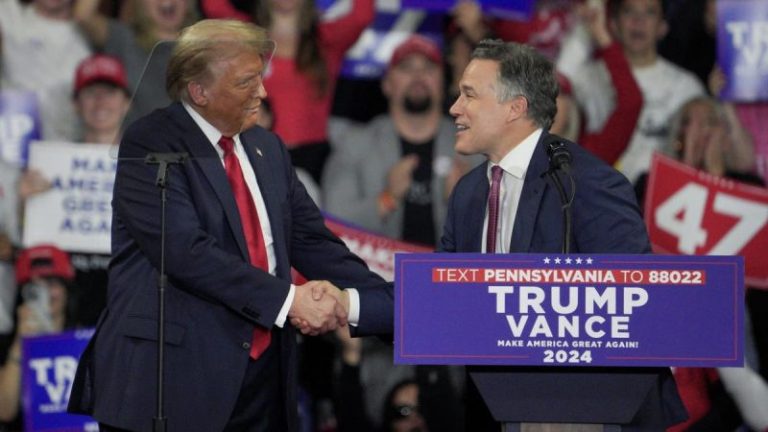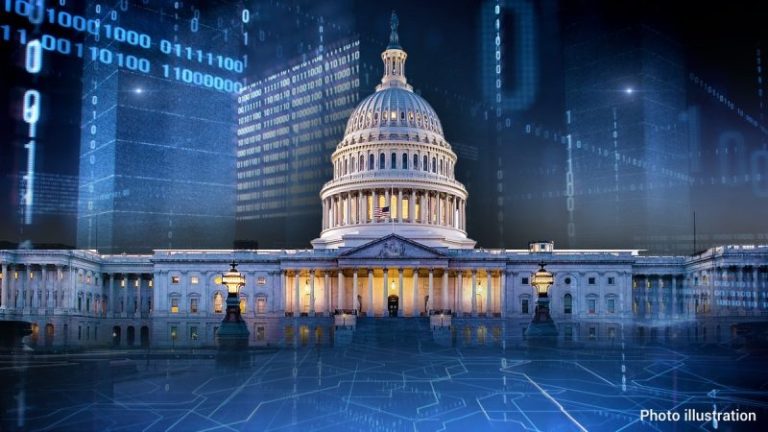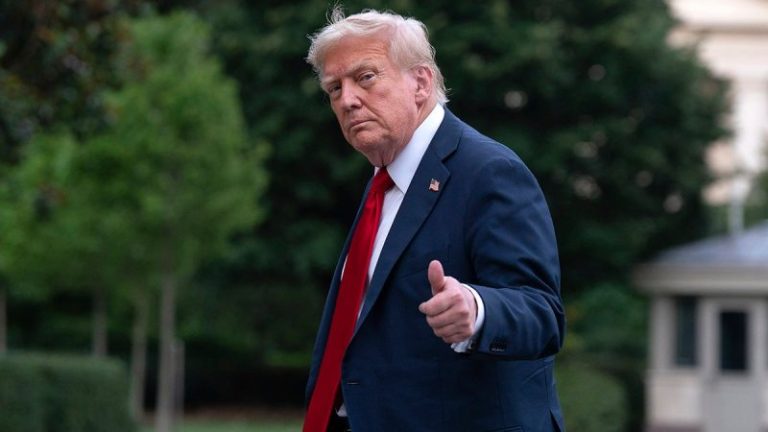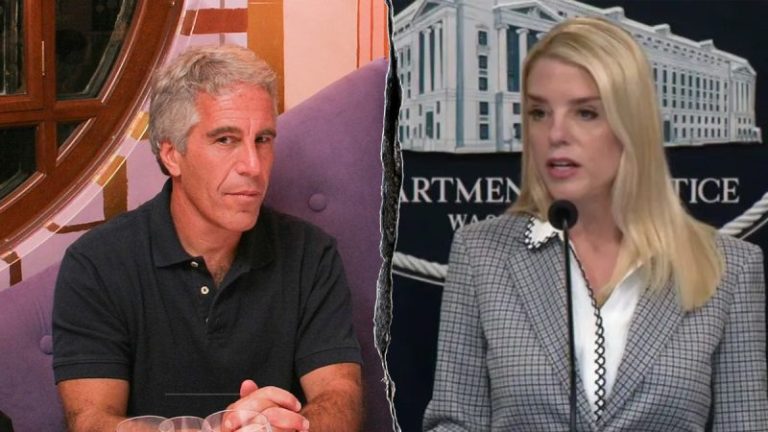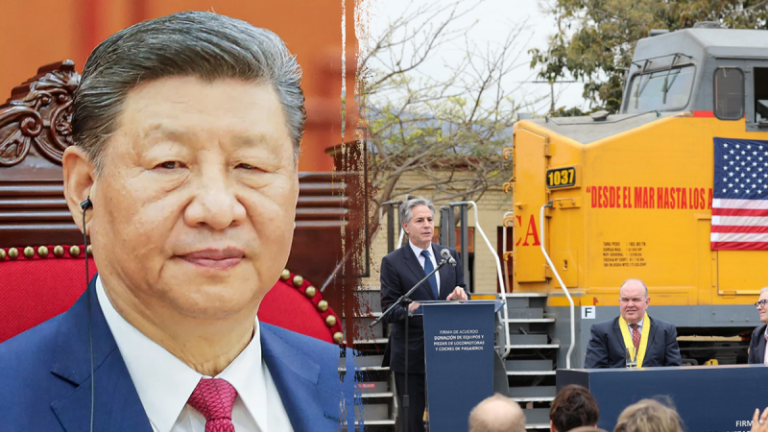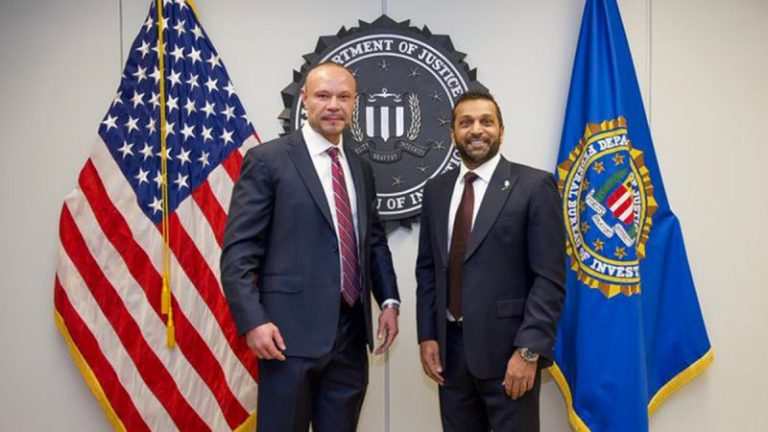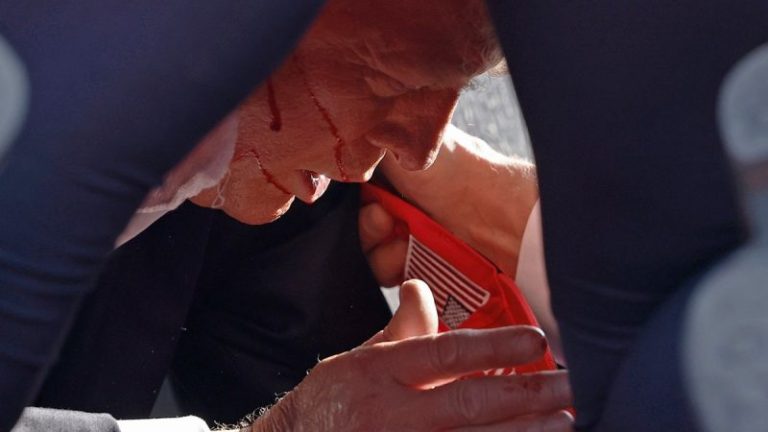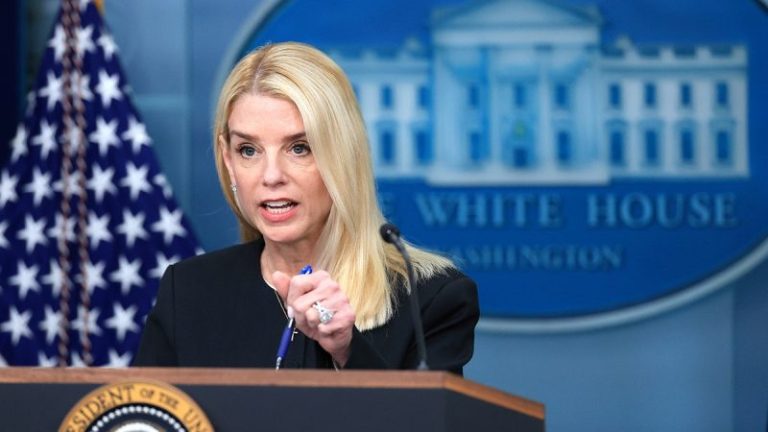In his 26th week back in the Oval Office, President Donald Trump is expected to make a ‘major announcement’ related to Russia, hold a meeting with the NATO chief, and join a summit in Pennsylvania as America’s race to lead the world on artificial intelligence continues.
July 13 marks the one-year anniversary of the first assassination attempt on Trump during the 2024 presidential cycle. Trump spent the anniversary at his home in Bedminster, N.J., before traveling with first lady Melania Trump to the FIFA Club World Cup final on Sunday at MetLife Stadium in the Garden State.
Trump returned to the White House on Sunday evening and is expected to have another whirlwind workweek.
MEETING WITH NATO CHIEF
Trump will meet with NATO Secretary General Mark Rutte this week following the U.S. president saying last week that the U.S. is selling weapons to its NATO allies for them to be passed along to Ukraine as it continues battling Russia.
The NATO chief will be in Washington, D.C., on Monday and Tuesday, and will meet with Trump, Secretary of Defense Pete Hegseth and Secretary of State Marco Rubio, according to The Associated Press. Additional details on the meetings, however, have not yet been publicly released.
Republican South Carolina Sen. Lindsey Graham said on CBS’ ‘Face the Nation’ on Sunday that Ukraine can expect to see an influx of weapons. Russia first invaded Ukraine in February of 2022.
‘In the coming days, you’ll see weapons flowing at a record level to help Ukraine defend themselves,’ Graham said on CBS’ ‘Face the Nation.
‘One of the biggest miscalculations Putin has made is to play Trump. And you just watch, in the coming days and weeks, there’s going to be a massive effort to get Putin to the table.’
Trump and Rutte most recently met in the Netherlands in June for a summit, where the NATO chief showed the makings of a blossoming friendship with Trump, including referring to Trump as ‘daddy’ for his handling of the Middle East.
‘MAJOR’ RUSSIA ANNOUNCEMENT
Trump teased last week that he would make a ‘major statement’ on Russia in the coming days as the NATO meetings prepare to kick off this week.
‘I’m disappointed in Russia, but we’ll see what happens over the next couple of weeks,’ Trump told NBC last week.
‘I think I’ll have a major statement to make on Russia on Monday,’ he added, without elaborating.
Graham said in his interview on ‘Face the Nation’ on Sunday that ‘a turning point regarding [the Russian] invasion of Ukraine is coming,’ as Congress works to impose new economic sanctions on Russia to help end the war.
‘For months, President Trump has tried to entice [Russian President Vladimir] Putin to the peace table. He’s put tariffs against countries that allow fentanyl to come in our country, other bad behavior — he’s left the door open regarding Russia. That door is about to close,’ Graham said on Sunday.
TRUMP HEADS TO ENERGY AND AI SUMMIT
Trump will head to Pittsburgh on Tuesday for Pennsylvania Republican Sen. Dave McCormick’s inaugural Energy and Innovation Summit hosted at Carnegie Mellon University.
The event is slated to focus on the U.S. power grid, America bid to win the AI race against China, as well as promoting the Keystone State as an ideal resource to help power the country’s future with AI and energy.
‘The United States needs to win the artificial intelligence fight. We have to stop China, and we have to win this war for dominance in AI. And the way you win the war for dominance in AI is to win the war for energy dominance. That’s why our focus is on producing more here in the United States,’ said Mike Sommers, CEO and president of the American Petroleum Institute who will attend the summit, told Fox News Business of the event.
‘Over the course of the last few years, energy demand has only gone up by about 2.5% a year. In the next seven years, we expect that energy demand is going to go up by 25%. The question that policymakers have to answer is: ‘Where is that energy going to come from?’ We think it should come from the United States,’ Sommers added.
The event is expected to attract protesters, with Carnegie Mellon’s president calling on the school community to continue its history of ‘constructively engaging’ with presidencies across the ‘political spectrum.’
‘We have a history of constructively engaging with the federal government and administrations across the political spectrum. We view these opportunities as consequential to elevating and advancing both Carnegie Mellon’s mission and impact, and we bring to those moments the full measure of our expertise, our values and our voice in service to the nation,’ school president Farnam Jahanian said in a letter previewing the event on Sunday.
Fox News Digital’s Amanda Macias contributed to this report.

